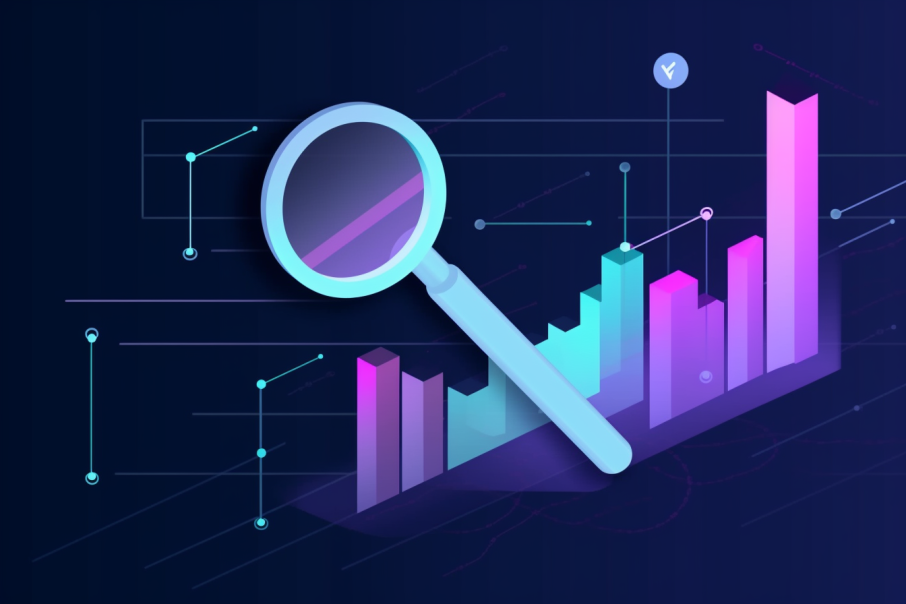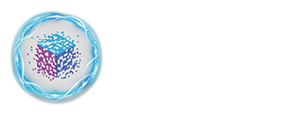
Data Analytics for Marketing Strategies
I’m always looking for ways to help entrepreneurs maximize their success. That’s why I’m excited to talk about how utilizing data can serve as an effective tool to optimize marketing strategies and grow businesses rapidly.
Data is the key element of any successful marketing strategy. It helps you understand who your customers are, what they’re interested in, and how best to reach them. With this knowledge, small business owners have the power to make informed decisions that will propel their company forward.
In this article, we’ll look at some of the most effective tactics for leveraging data-driven insights and take advantage of these powerful tools for growing small businesses quickly.
Leveraging Existing Customer Data
Tracking trends and analyzing the data allows us to better segment audiences for customizing messages tailored specifically to them. This helps us leverage insights into what drives customers to take action and make purchases.
We can use this type of analysis across different channels like email campaigns, ads, website visits, and other digital mediums. We can also measure user engagement with our products or services in order to gain valuable insight. By doing so, we can maximize conversions while minimizing costs associated with unprofitable activities.
This is why it’s important for businesses to know their customer base inside out, not just who they are but also where they came from, what challenges they faced, as well as any successes along the way.
Knowing this information lets you tailor your messaging accordingly so that every interaction carries weight and leads down the path toward success.
Identifying Potential Customers with Analytics
Switching gears, we’re now moving on to identifying potential customers with analytics. As data analysts and small business growth hackers, this is a crucial step in developing effective strategies. So let’s dive right into it!
The first step of the process is segmenting customer data. This helps us group similar customers together based on their behaviors, interests, or other shared characteristics. We can then use these segments to create customer profiles which help paint a more complete picture of who your target audience looks like and why they are interested in what you offer.
With all this information at hand, we can customize marketing campaigns to match the needs of each individual segment and reach out to new prospects accordingly.
Analytics also plays an important role when tracking metrics such as click-through rate, impressions, sales, and more. Keeping an eye on these numbers allows us to adjust our strategy if needed and make sure that our efforts don’t go wasted – because, let’s be honest here, who doesn’t love seeing those conversions going up?
By analyzing trends over time using dashboards and automated reporting software, we can learn how our customers interact with us. We can continuously improve upon them for maximum results.
So there you have it – leveraging existing customer data alongside identifying potential ones through analytics makes perfect sense for both long-term sustainability and immediate success of any small business growth hack project!
Creating Targeted Campaigns
Creating targeted campaigns is essential for small businesses looking to maximize their growth. In this section, I’m going to provide insight into how you can develop personas, execute segmentation strategies, and create automated campaigns that will help your business reach its goals.
First, developing personas helps you understand who the customer really is and what they want from your product or service. This allows you to tailor marketing messages specifically towards them instead of casting a wide net hoping something sticks.
Additionally, you should be tracking trends so that when it comes time to launch a campaign, you have an understanding of which tactics may work best.
Furthermore, utilizing surveys and questionnaires gives invaluable feedback about customers’ experiences with products or services. This data can then be used in segmentation strategies such as demographic-based targeting or interest-based targeting, where ads are served based on user behavior patterns observed across platforms like Google Ads or Facebook Ads Manager.
Leveraging automation technology makes creating these campaigns easier by automating tedious tasks like ad creation and optimization. It also allows you to track response rates in real time.
Here’s a 4-item numeric list that outlines some key takeaways:
- Develop consumer profiles (personas) before launching any campaigns
- Track industry trends to gain insight into potential tactics for success
- Utilize surveys/questionnaires for customer feedback & use data for segmentation strategies
- Leverage automation technology for creating & optimizing campaigns + tracking response rates
In short, creating targeted campaigns involves developing personas, executing segmentation strategies, and utilizing automated technologies—all while keeping an eye out for emerging trends in order to stay ahead of the competition!
Optimizing Content for Maximum Reach
You’ve just been through some great ideas to create targeted campaigns. Now, it’s time to optimize that content for maximum reach. Coincidentally, as an expert in small business growth & data analytics, this is something I’m very familiar with!
Crafting messages that are engaging and effective can be a challenge, especially when resources are limited. To get the most bang for your buck, you need to think outside of the box.
Start by leveraging influencers who have already built up their own following on social media platforms. They’ll help spread brand awareness far faster than you ever could alone. Additionally, use tracking tools to monitor trends in consumer behavior so you can stay ahead of what people want from your product or service.
Don’t forget about incentivizing referrals either – word-of-mouth can be a powerful tool if done correctly! And don’t neglect competitors. Keeping tabs on them will give you insights into how successful (or unsuccessful) marketing strategies may play out.
In short, optimizing your content for maximum reach requires thoughtfulness and strategy; but if executed properly, it has the potential to take your small business’ success to new heights. It’s important not only to focus on creating targeted campaigns but also to consider ways to make sure those campaigns reach their intended audience.
Measuring And Analyzing Results
In order to maximize the success of our marketing strategies, it’s essential that we measure and analyze the results. We need to track ROI, analyze trends, segment audiences, personalize messaging, and track conversions. Here are some methods for achieving this:
- Tracking ROI: By tracking Return on Investment (ROI) for each campaign or advertisement, businesses can quickly determine which strategies are worth continuing. This helps us optimize our efforts and allocate resources more effectively.
- Analyzing trends: Analyzing data from past campaigns can give us an idea of what works best with different customer segments. It also allows us to identify any potential issues before they become too costly. Additionally, it gives insight into emerging market opportunities and helps us create better-targeted campaigns in the future.
- Segmenting audiences & personalizing messaging: The key to successful marketing is understanding who your target audience is and delivering personalized messages. With segmentation techniques such as demographic targeting or interest-based targeting, you can ensure that your message reaches the right people. Furthermore, by using artificial intelligence (AI) algorithms, you can tailor messages even further based on individual preferences and behaviors.
By measuring and analyzing results regularly, we can make informed decisions about how to refine our approach going forward. This will give us a competitive edge over other small businesses looking to achieve growth through effective marketing strategies!
Conclusion
As a small business growth and data analyst, I’m here to help you maximize your marketing strategies. Leveraging existing customer data, identifying potential customers with analytics, creating targeted campaigns, and optimizing content for maximum reach can be daunting tasks; however, the old adage ‘knowledge is power’ rings true in this case.
By utilizing the right data-driven tactics and measuring results along the way, small businesses can successfully grow their audience. With my guidance, you, too, can take advantage of these powerful tools that will lead you to success.

